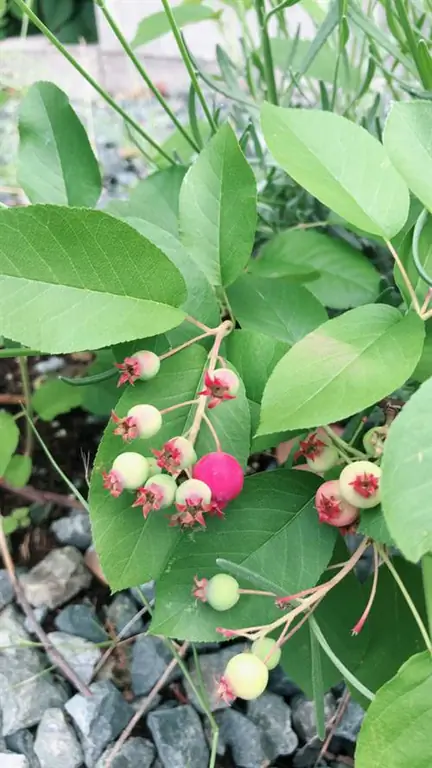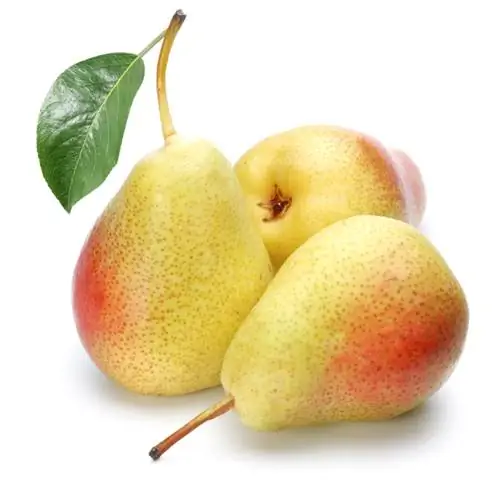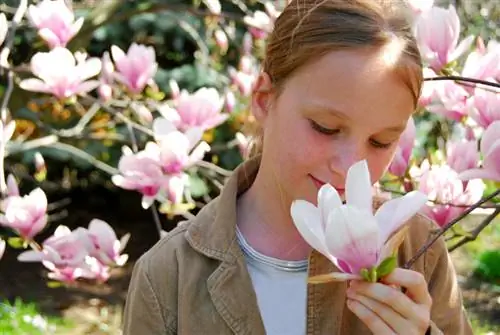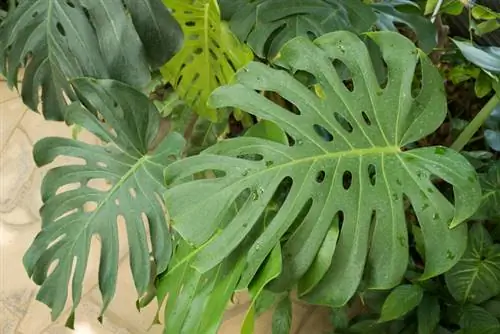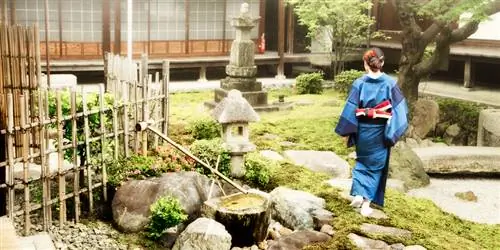- Author admin [email protected].
- Public 2023-12-16 16:46.
- Last modified 2025-01-23 11:21.
As a decorative garden plant with edible fruits, the rock pear is generally relatively undemanding. It thrives in almost any type of soil, although a certain amount of soil adjustment can have a positive effect on the growth of the serviceberry if necessary.
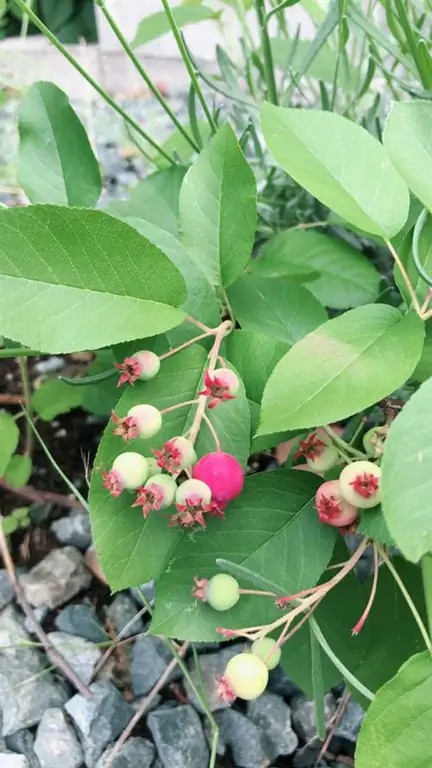
What soil does a rock pear need?
The rock pear prefers a location that is as sunny to partially shaded as possible and sandy-loamy or normal garden soil. For optimal growth, poor soils can be enriched with compost and sandy soils can be improved with peat. Waterlogging should be avoided.
An easy-care and uncomplicated plant variety
The different varieties of serviceberry are all comparatively uncomplicated when it comes to care. Therefore, there is actually no type of garden soil in which the rock pear would not thrive at all. While the bush and tree-like growing rock pears are often found in nature on the sunny edges of deciduous forests, the plants definitely live up to their name and can also be used for greening and erosion protection on slopes. The advantage of the rock pears is that they can generally survive even longer dry phases without any problems.
The optimal soil for the rock pear
Rock pears usually grow just as well on a sandy-loamy subsoil as in normal garden soil, as long as it is in a location that is as sunny to partially shaded as possible. For optimal growth, it is advisable to enrich extremely poor soils with nutrients by adding seasoned compost when planting. Even with extremely sandy soils, you may want to help out a little by adding a little peat (€7.00 on Amazon) to ensure improved water storage capacity and a slightly acidic soil in the root area of the rock pear. Despite the great adaptability of rock pears, it never hurts, especially if the soil substrate is very dense, to dig out the planting hole a little larger than necessary and then fill it with as loose a layer of soil as possible. In this way, the rock pear and its roots can gain a better foothold in the new location.
The rock pear in the pot
Due to its particularly decorative autumn colors, the rock pear is also often placed as a potted plant on the balcony or terrace. However, you should be aware that these plants can reach an impressive size within just a few years. With regard to the condition of the soil, you should take the following factors into account when growing serviceberry in a pot:
- Ideally mix the substrate yourself from garden soil, sand, peat and compost
- Prevent waterlogging through holes in the pot
- water only in extreme heat and drought or under cover
Rock pears in pots should also be fertilized occasionally, as the rapid growth means the nutrients in a small pot are quickly used up.
Tip
A serviceberry can be planted in the garden around the trunk with bulbous flowers or decorative grasses. When planting, please note that the rock pear itself spreads its roots relatively shallowly below the surface of the earth.

